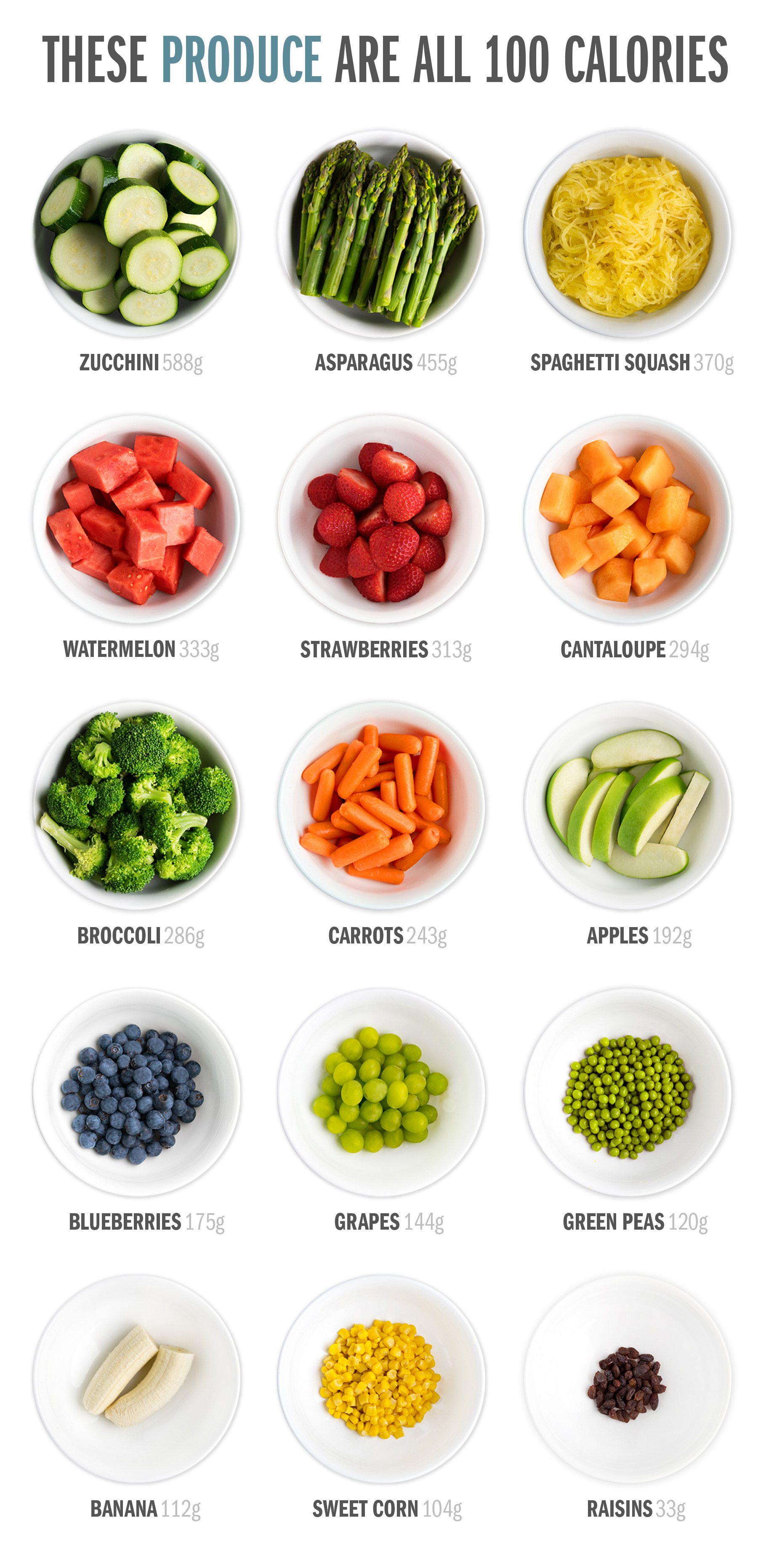Energy Density and the Foods You Eat?

When it comes to maintaining a healthy diet, understanding the concept of energy density can be incredibly beneficial.
Energy density refers to the amount of energy or calories contained in a specific weight of food. By incorporating foods with a lower energy density into your meals, you can enjoy a larger volume of food while consuming fewer calories.
In this article, I will explore the relationship between energy density and weight management, as well as provide some healthy eating tips to help you make nutritious choices.
Energy-Dense Foods:
Energy-dense foods are those that have a high number of calories per gram. These foods are typically higher in fat and lower in water content. Some examples of energy-dense foods include:
- thick sauces,
- cheese
- nuts, seeds,
- nut butter,
- butter,
- full-fat dairy, and
- fatty cuts of meat.
Additionally, less nutrient-dense foods such as:
- sweets,
- deep-fried foods,
- French fries,
- pasta,
- crackers, and
- chips fall into this category.
Consuming these foods in moderation is important for maintaining a balanced diet.
On the other hand, low-energy-dense foods are those that have fewer calories per gram. These foods often contain higher amounts of fiber and water, which contribute to a lower energy density.
- High-fiber green
- colorful vegetables
- fruits like citrus fruits and melons are excellent examples of low-energy-dense foods.

Not only are these foods lower in calories, but they also provide essential nutrients, vitamins, and minerals.
Weight Management:
Weight management involves balancing the number of calories consumed with the number of calories burned. Incorporating foods with low energy density into your meals can be particularly helpful in managing weight.
These foods tend to be more filling, allowing you to satisfy your hunger while consuming fewer calories. By planning your meals to include nutrient-dense, low-energy-dense foods, you can create a calorie deficit and support weight loss goals while staying satiated.
It's important to note that while low-energy-dense foods are ideal for weight loss, individuals who are trying to gain weight should opt for high-energy-dense foods that are still nutritious.
Foods like avocados, nuts, and seeds can provide a higher calorie intake while offering essential nutrients. However, it's crucial to avoid high-calorie, nutrient-poor junk foods, as they can lead to negative health effects.
Healthy Eating Tips:
Incorporating low-energy-dense foods into your diet is a practical approach to maintaining a healthy lifestyle. Here are some tips to help you make nutritious choices:
- Choose fresh berries for dessert: Berries are a delicious and naturally sweet option for dessert. By opting for berries, you can enjoy a low-calorie treat without adding excessive calories to your meal. If you're craving a higher-calorie dessert like ice cream or cheesecake, be mindful of portion sizes and stick to a single serving.
- Load your plate with more vegetables: Aim to cover at least half of your plate with low-calorie fruits and vegetables. These foods are not only low in energy density but also rich in essential nutrients. Reserve a quarter of your plate for a protein source and the remaining quarter for starchy foods like legumes, potatoes, or rice.
- Serve more fruits and vegetables to your kids: Encourage your children to consume more fruits and vegetables as they tend to be lower in energy density. By introducing a variety of options, you can help them develop a taste for nutritious foods. Even if your child is a picky eater, continue to offer vegetables regularly, as their preferences may change over time.
- Start with a simple garden salad or clear soup: Beginning your meal with a light salad or clear soup can help you feel full before moving on to more energy-dense options like pasta or pizza. Opt for dressings with lower calorie content and choose clear soups over creamed soups to minimize calorie intake.
Understanding energy density is key to making informed decisions about the foods we consume. By incorporating more low-energy-dense foods into our diet, we can maintain a healthy weight, manage calorie intake, and increase our nutrient intake.
Remember to strike a balance by choosing nutrient-dense, low-energy-dense foods while allowing for occasional indulgences in moderation. By prioritizing a well-rounded, nutritious diet, we can optimize our overall health and well-being.